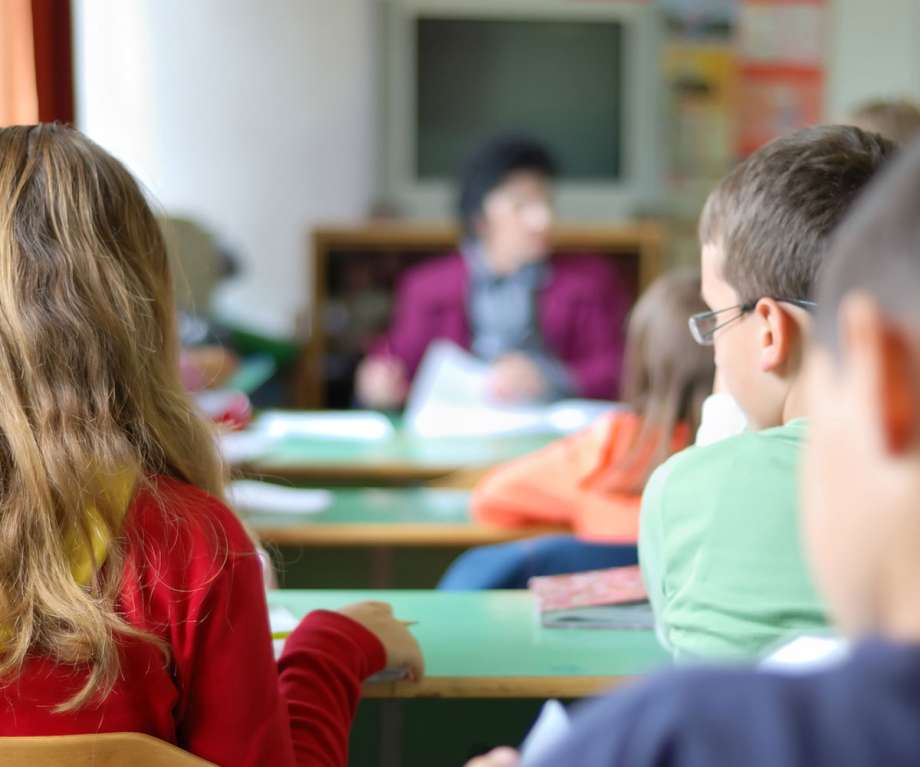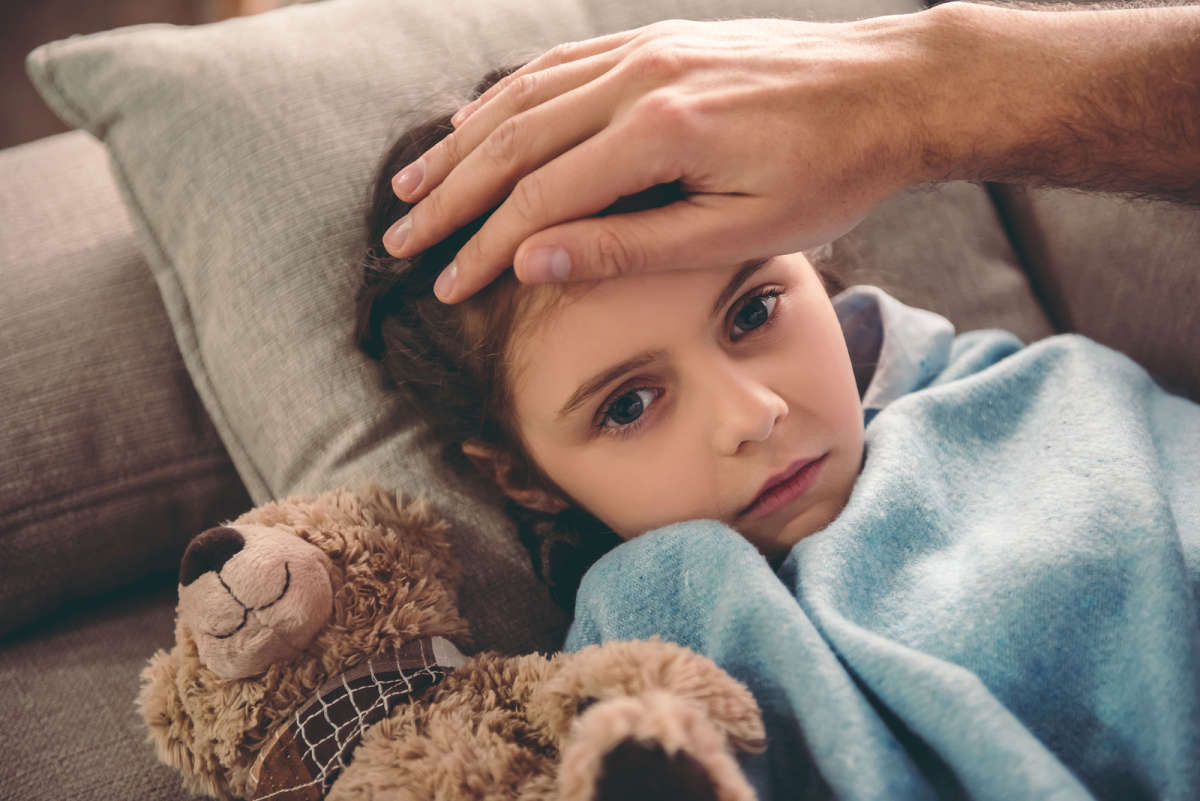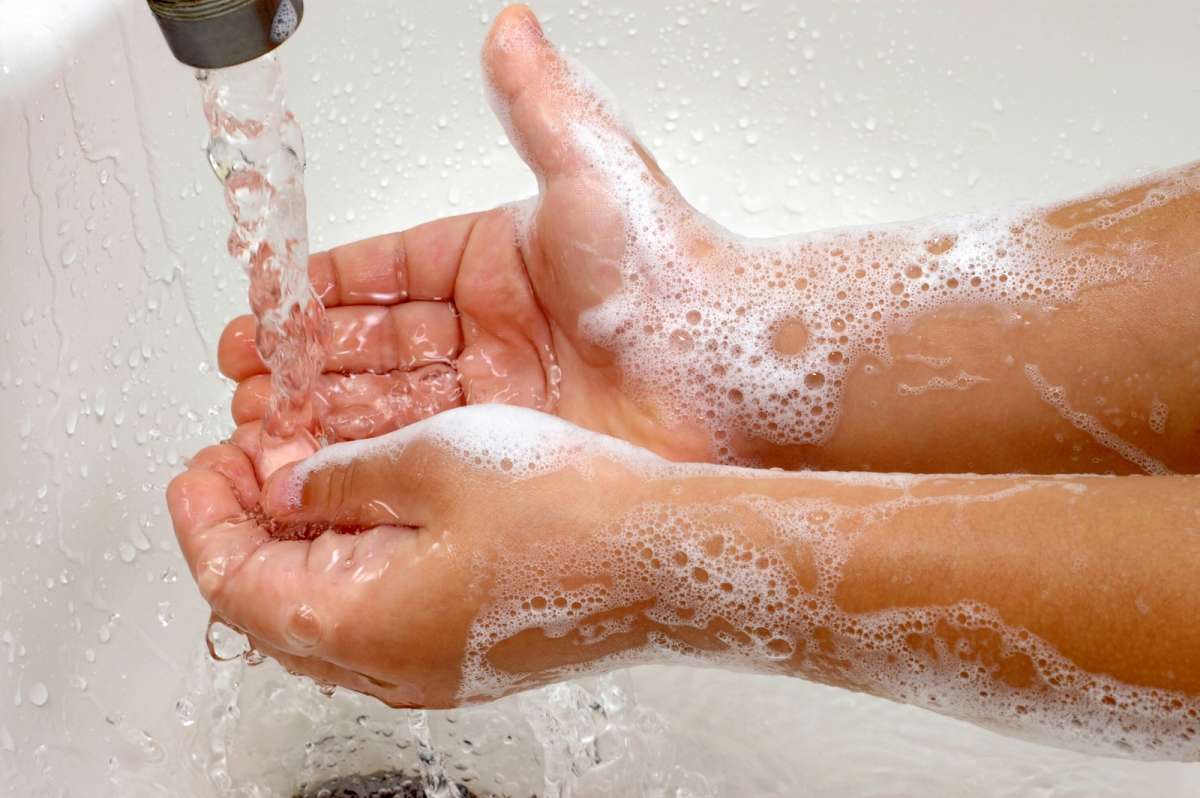Keeping Kids Healthy: Avoiding School Plagues

School is in session, and so are viruses. In fact, the American Academy of Pediatrics suggests that children in schools and day care centers can catch as many as 12 colds per year, on average. However, colds aren't the only viruses that run rampant in school. Influenza, norovirus, measles, chicken pox, conjunctivitis (also called pink eye), and meningitis are just a few of the nasties that can easily get passed around in the classroom. Understanding and practicing school health not only helps keep your children free of illness, but also protects the teachers and other kids in class as well.
Stay Home When Sick

Viruses can spread like wildfire through a school, but keeping your child home when their sick can prevent the illness from spreading as rapidly. Although you don't want you kids to miss out on lessons or work in class, keeping your sick child home can help make sure that other children don't catch the sickness. Although sometimes it's difficult to know whether your child is actually sick, schools usually want you keep them home if they seem under the weather or have a fever. When in doubt, take a sick day.
Cover Your Sneezes and Coughs
Airborne viruses love it when your child sneezes and coughs because it's one of the easiest ways to infect other people. To encourage school health, teach your little ones to cover their mouths and noses with a tissue when they feel a sneeze or cough coming on. If they can't find a tissue in time, they should use the crook of an elbow, instead of their hands, to catch the sneeze.
Wash Hands

Don't Touch Your Face
Pink eye and other viruses can quickly take over a classroom when children rub their eyes or touch their face. Everything from chewing on nails to picking a nose can send a virus right where it wants to be. Help out the whole class by helping your child practice not touching and rubbing their eyes, nose, or mouth.
Increase Cleaning
Desks, books, papers, doors, and walls can quickly become covered in germs, but increasing your cleaning routine can help keep surfaces around your home and at school disinfected and germ-free. For easily cleaning throughout the day, and especially during cold and flu season, wipe highly used areas with disinfecting wipes, which kills viruses upon contact.
